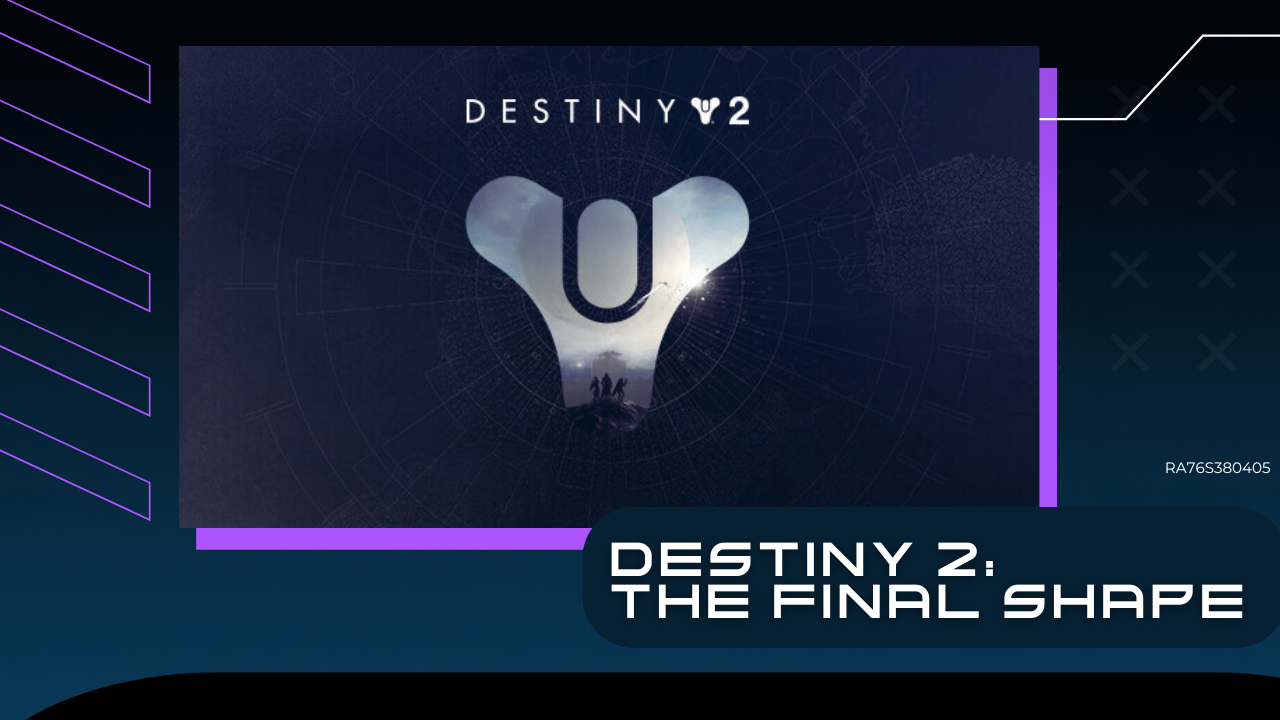Report Finds More Music Is Released in a Day in 2024 Than in All of 1989 Combined

The music industry now releases more tracks in a single day than in an entire year in the late 1980s, according to Will Page, former Chief Economist at Spotify. Page highlighted this dramatic increase, noting that the daily volume of new music surpasses the total released throughout 1989. Research says this surge is largely driven by the accessibility of digital tools that enable musicians to create, distribute, and self-release their music with relative ease.
A striking comparison highlights the magnitude of this growth: today, more music is released in a single day than in all of 1989. This shift reflects both the democratization of music production and a cultural shift towards what analysts call “consumer-creators.”

Photo Credit: JLA UK
The Rise of Consumer-Creators
The term “consumer-creators” refers to individuals who adopt creative tools traditionally used by professionals to express themselves casually. Platforms like Instagram and TikTok revolutionized photography and videography in this way, and now music is following suit. Analysts project that by 2030, there will be nearly 200 million active music creators, up from around 76 million in 2023. This growth stems from the accessibility of music production software and the rise of casual creators contributing to an ever-expanding pool of music.

Photo Credit: MusicRadar
Subscription Models and the Economics of Music Creation
As the number of music creators grows, so does the demand for music production tools. Subscription-based software platforms have become a cornerstone of this ecosystem, offering users access to powerful tools at a recurring cost. While these platforms provide immense value, some critiques have emerged, pointing to potential drawbacks of the subscription model. These include the accumulation of recurring costs and the likelihood of users forgetting about their subscriptions, resulting in "auto-renewal" revenue for software companies.
Despite these concerns, subscription models are unlikely to fade anytime soon, as they align with the needs of a growing creator economy. For software companies, these models ensure a steady stream of revenue, while creators gain access to regularly updated tools without significant upfront costs.
Balancing Opportunity and Saturation
The dramatic increase in music creation presents opportunities and challenges. On the one hand, tools and platforms are empowering a new wave of artists, enabling creativity to flourish at an unparalleled scale. On the other, the sheer volume of content can make it harder for individual creators to stand out in a crowded marketplace.
As the industry evolves, it remains to be seen how platforms, tools, and creators will adapt to balance growth with sustainability. For now, the data underscores the transformative impact of digital technology on music production and distribution, shaping a future where creativity is both abundant and accessible.
Sources
Let’s Collaborate!
Need help building the tone for your production? Hit us up – the Rareform Audio team would love to help you create the perfect soundtrack that speaks to your audience and enhances the power of your visual storytelling to new heights!
A weekly glimpse into the world of music & media with insider news, sync licensing opportunities, creative insight, and discussions.
Rareform Highlights
Unleash blockbuster-grade sound. Get your music movie-ready.
Black Sheep Music & Rareform Audio strike back in the Star Wars universe.
Rareform Audio & Black Sheep Music launch a cinematic music catalog engineered for storytelling at scale.
Black Sheep Music & Rareform Audio join forces with Bungie
Join our Spotify Playlist and vibe with us! Featuring an array of tunes our team has been listening to.
Hi, I'm Hannah, the Marketing Manager at Rareform Audio. When I'm not crafting content and strategizing campaigns, you'll find me singing my heart out with my local choir. I love blending creativity and connection in everything I do, whether it’s through words or music!




































